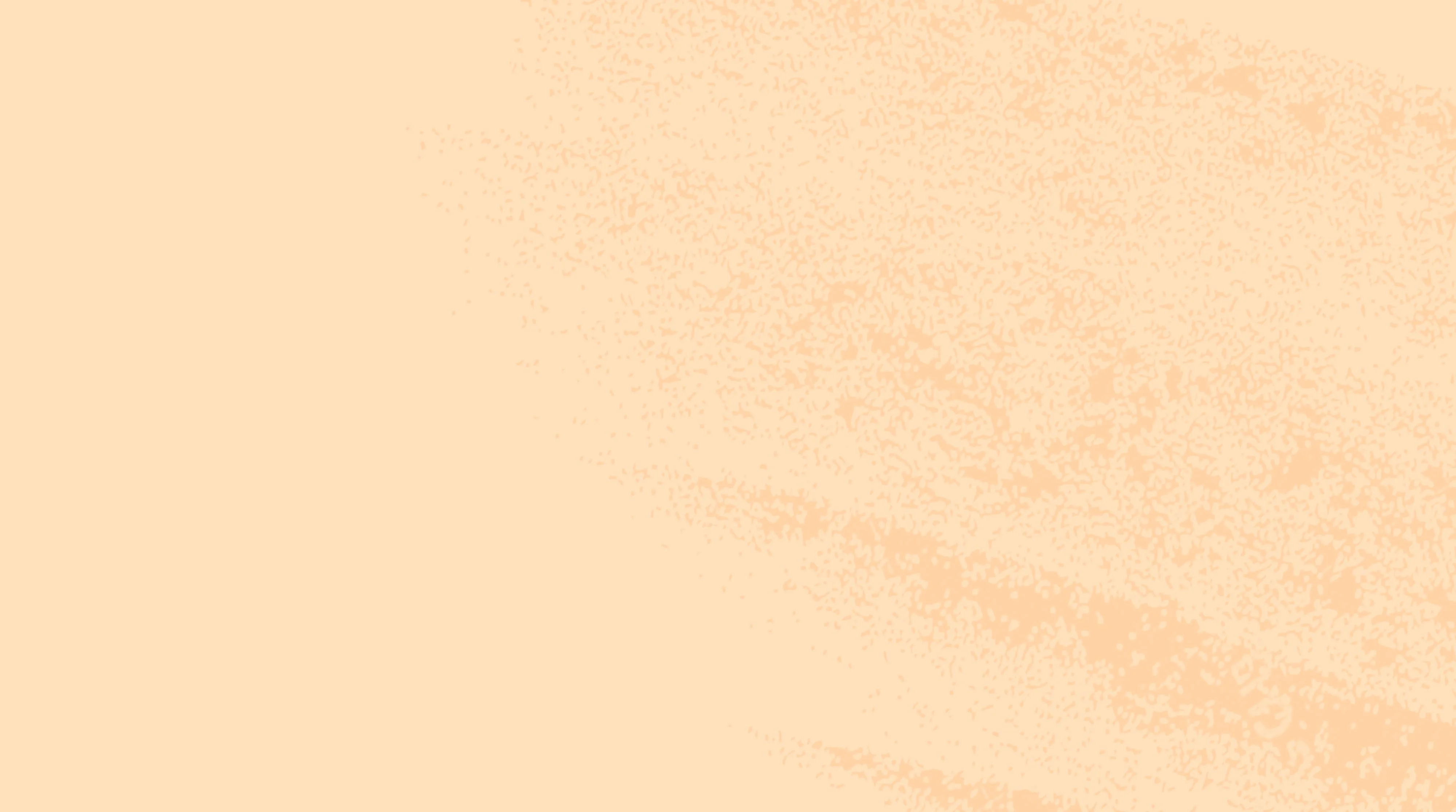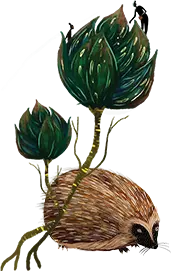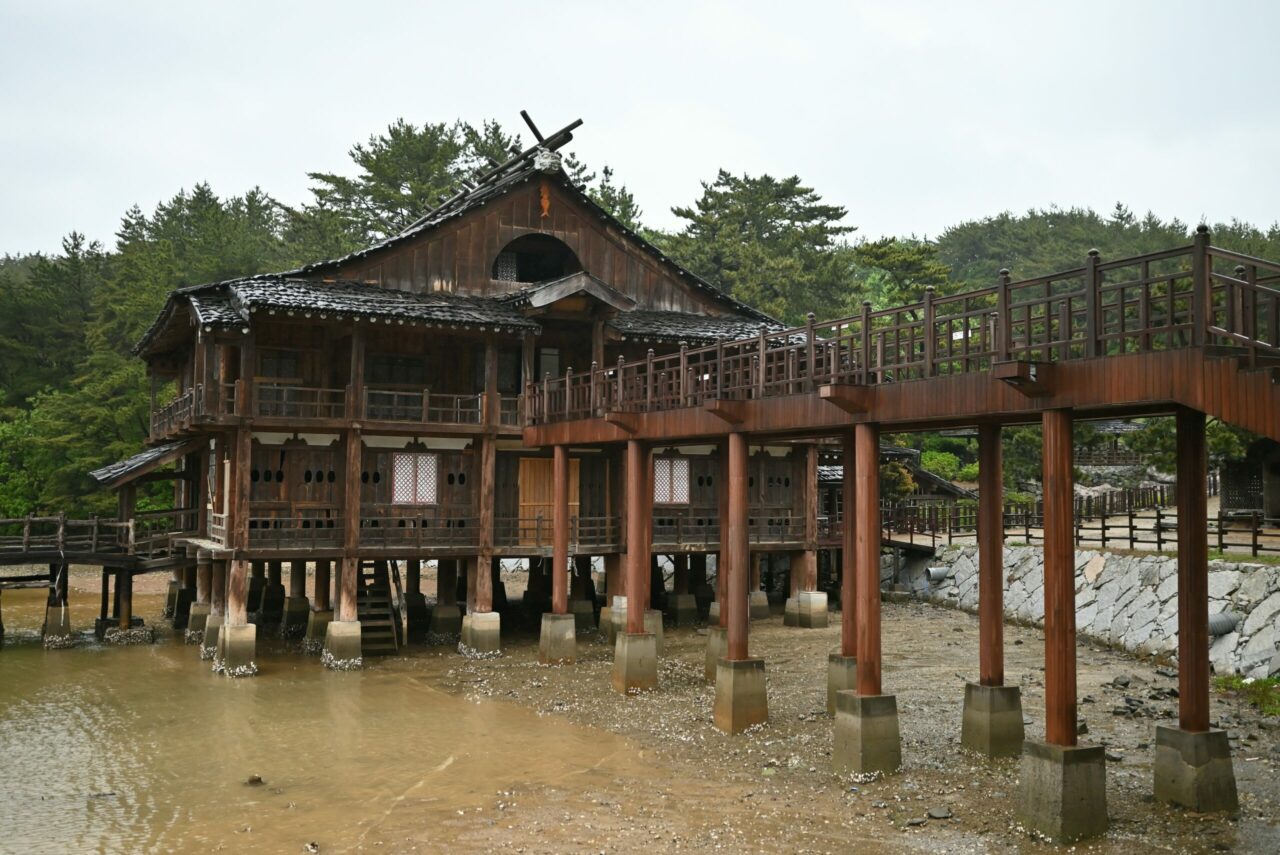
What is Biophilia in design?
‘Biophilia’ is the idea that humans are innately wired to seek connections with Nature and other living things. It is a term first coined by German-American psychoanalyst, Erich Fromm, in 1973 and made further popular in 1984 as the title of a book released by Edward O. Willson, an American biologist. Both early uses of this term perfectly sums up the theory of Biophilia; encompassing the woven mix of human psychology and biological tendency.
Wangui Mwangi, ReWild Yourself Champion, spoke poetically about the way that biophilic design changes our mood, viewpoint, desires, sense of community and sense of self — mostly without us even noticing it. But what is biophilic design? How does it help us? And how can we implement it ourselves? Let’s dive in…
Based in Nairobi, Kenya, Wangui is an interior designer and biophilic design advocate. You can watch her full interview and read about her mission HERE. Follow @ReWildYourself on instagram to watch her interview highlights.
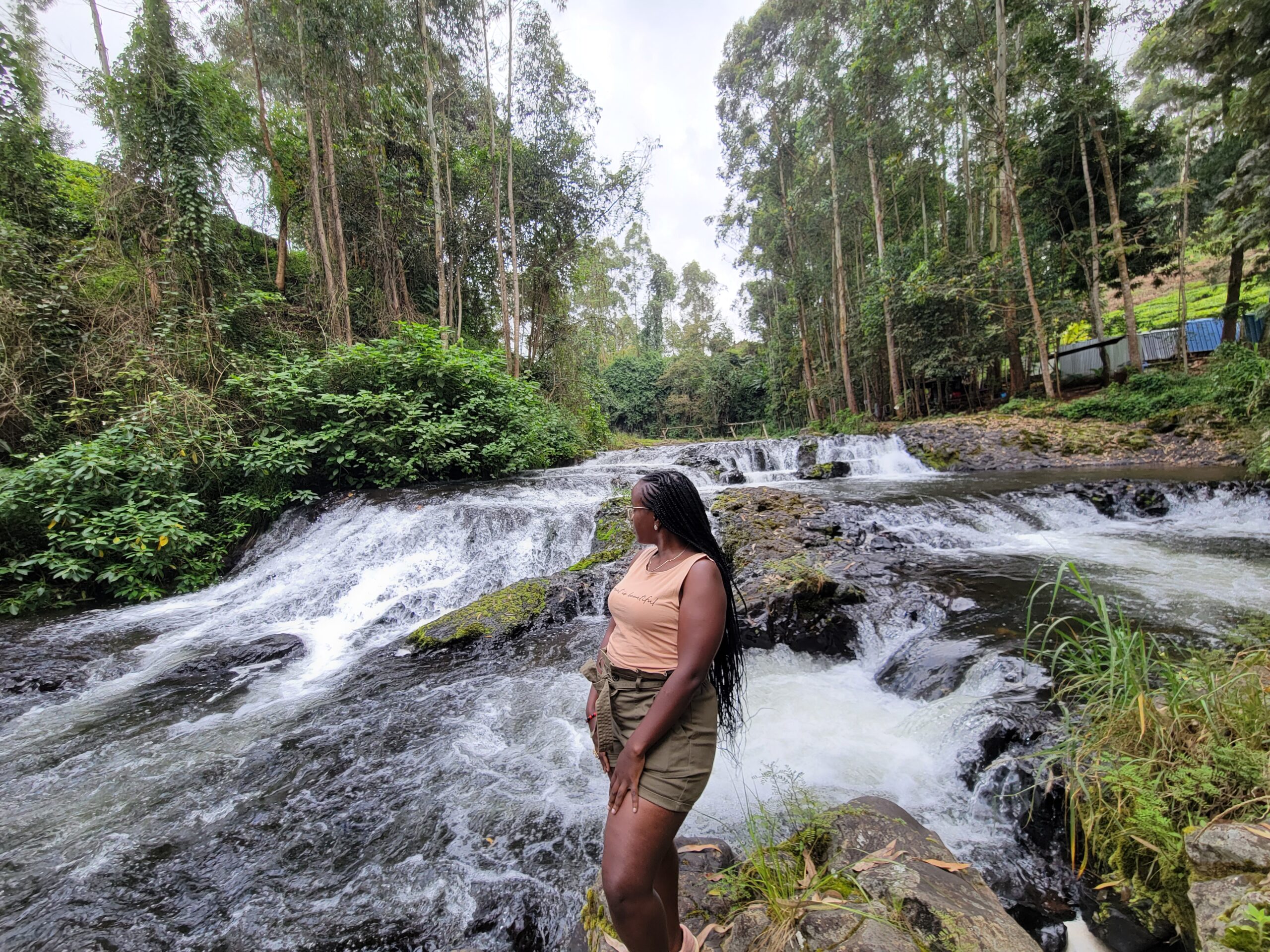
What is Biophilic Design?
Biophilia is a term used to describe the primal human predisposition to seek connections with Nature, the natural world, and other living things. This intrinsic affinity means we possess a profound psychological and physiological need for natural elements in our environments, which we now refer to as ‘biophilic design’. In terms of design, it means embedding Nature into our buildings through architecture and interiors — such as colours, textures, materials, patterns or shapes.
By including these elements into modern designs of our homes, workplaces, cities and technology (even transport); we are not only making beautiful modern environments but ones that offer significant benefits for our mental and physical health.
Studies have shown that, in biophilic environments, we feel calmer and less stressed, more connected to ourselves and each other, a higher sense of empathy and reflection, enhanced creativity and improved productivity. Physically, the use of natural materials can improve indoor air quality, reducing exposure to harmful pollutants and contributing to better respiratory health. It is therefore no surprise that the presence of natural light, fresh air and living plants has been linked to faster recovery rates from illness and improved sleep quality. Those who are able to view Nature from their hospital bed, for example, improve faster than those who are situated away from a window.
In bustling urban areas, particularly in rapidly growing cities, biophilic design offers a welcome breath away from the ‘concrete jungle’. Access to green spaces and natural elements for all can contract some of the negative effects of growing urbanisation, enhancing mental well-being and creating happier, healthier urban environments.

Why is Biophilic Design important in Africa?
In the context of African design, biophilia is more than style or preference; it embodies a deep-rooted cultural connection to the land and a relationship forged over millennia that is woven into the fabric of African identity.
African architecture and interior design has been organically based around biophilic principles for centuries. Long before the term “biophilia” was created, traditional African homes were built in harmony with their surroundings. Natural materials such as mud for houses or straw for structures embodied not just functionality but also a profound respect for, and integration with, the natural world. There is a symbolic coming-togetherness between land, community, ancestral knowledge, storytelling, culture and practicality in these creations.
Functionally; the materials used in traditional structures such mud bricks, thatch, timber, and bamboo were readily available, sustainable and easy to regenerate. However they were also perfect ingredients to help control internal temperatures, creating naturally cool environments in hot climates and warmer spaces in colder months. Structures built to stand elevated above the ground helped prevent homes from flooding and provided protection from wild animals. They worked with Nature, not against it, creating environments in harmony with natural rhythms. The ceremony of building and creating alongside peers and elders often involved the whole, strengthening social bonds whilst fostering a deep sense of connection to the land.
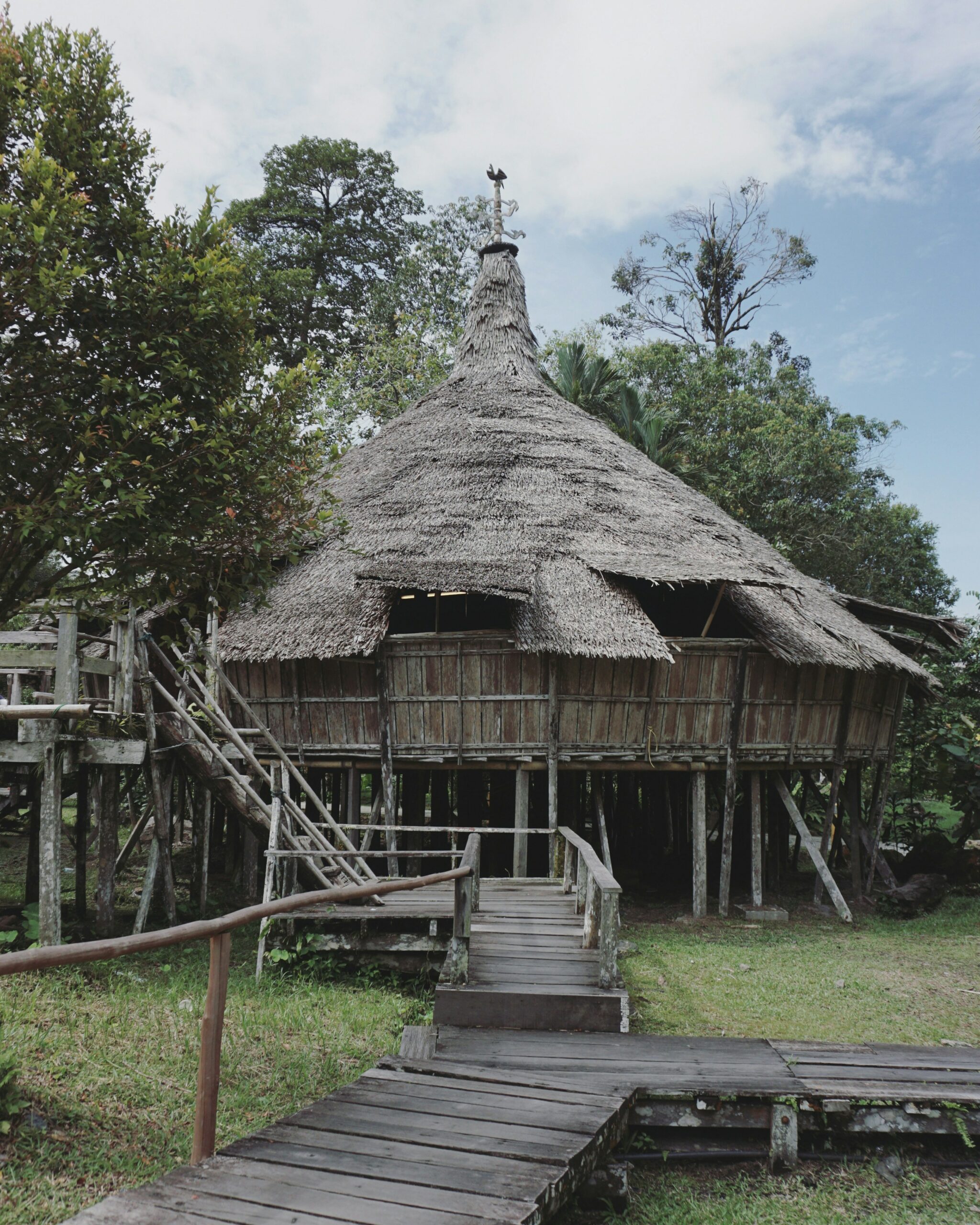
What are the ancient influences on modern design?
Ancestral influences play a pivotal role in shaping these design principles. Traditional motifs, patterns, and symbols derived from Nature—like animal prints, dried or painted plants and images inspired by the night sky —were woven into textiles, carved into pottery and became architectural features. Circular housing, for example, which is common in many African cultures, represented the circle of life and the earth itself. Many designs were created in line with ancient folklore and storytelling, reflecting the interconnectedness of people, Nature, and the spirit world.
The increasing global awareness of sustainable living has renewed the interest in traditional African building methods, in tune with Nature. Respect for elders and traditional knowledge is inspiring sustainable practices in modern construction. Contemporary architects and designers are now adapting and reinterpreting these age-old techniques, turning to our ancestral wisdom and learning to integrate them with modern materials and technologies. This blending of tradition and innovation results in designs that are not only environmentally friendly, sustainable and pleasing to the eye but also uniquely reflect the rich cultural heritage of Africa.
There is a tribal concept of Ubuntu, a Nguni Bantu term emphasising interconnectedness between Nature and humanity, which finds a powerful expression in contemporary designs which prioritise community spaces and shared resources. Ancient values such as this have significantly impacted modern interpretations of biophilic design across Africa.

The African Biophilia Expo
The recent African Biophilia Expo in Nairobi, Kenya, was organised by designers and teachers in the biophilic design space, including ReWild Yourself Champion Wangui Mwangi. It was a hugely successful event for fostering wider understanding and adoption of biophilic principles within the African design community. The expo served as a platform for architects, designers, artists and others to exchange ideas, showcase innovative projects and discuss strategies for implementing biophilic design across various contexts. Wangui has long championed the integration of African cultural heritage, sustainable practices, and biophilic design in her work.
The expo’s mission was to encourage designers to consciously incorporate Nature into their work, leading to healthier and more harmonious built environments across the continent. Talks and workshops connected people with both traditional knowledge and contemporary design practices, nurturing a large community of likeminded creatives.
The demand for sustainable and healthy living spaces is rapidly growing around the world. The African Biophilia Expo provides a space for collaborative dialogue and fostering partnerships that drive meaningful change within the design industry and beyond. Ongoing research and collaboration across disciplines can play a crucial role in the development and implementation of innovative biophilic design solutions through cities and villages across the world.
The principles behind biophilic design in Africa shows how design can be both aesthetically pleasing and deeply meaningful; seamlessly weaving together cultural heritage, ecological sustainability and the wellbeing of both humans and Nature. It’s not just about incorporating plants and natural light; it’s about fostering a deeper relationship between people and Nature, enriching lives and creating harmonious, resilient communities for generations to come.
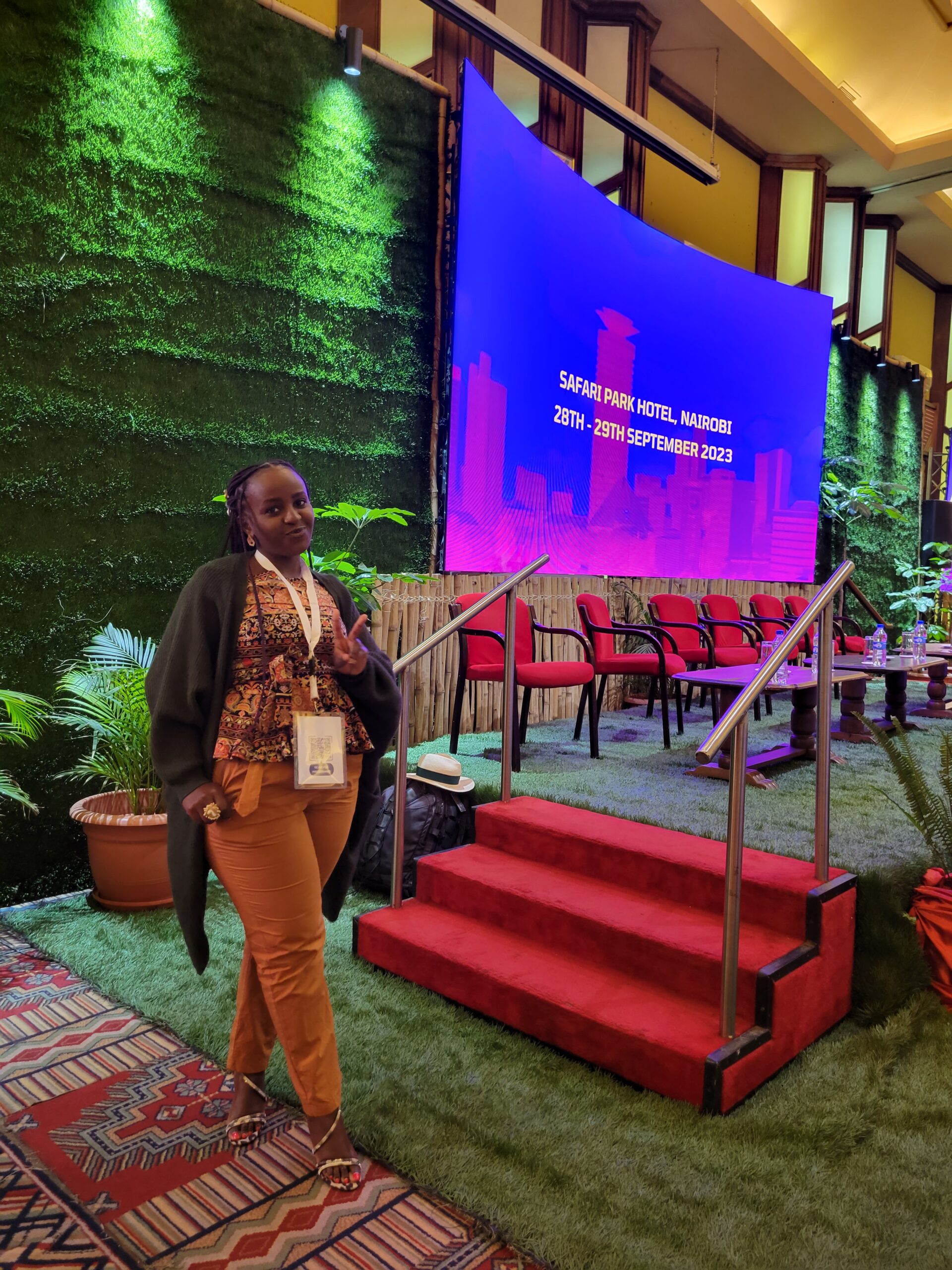
How can I use biophilia at home?
Here are some easy ways you might incorporate biophilic design principles into your home…
- Incorporate indoor plants: Start small with low-maintenance plants like snake plants, cactus plants, or spider plants. Even a single plant can make a difference to your air quality, mindset and mood.
- Maximize natural light: Open curtains and blinds during the day to let sunlight flood your space. Consider strategically placed mirrors to reflect light into darker corners. Opening windows to refresh the air inside each room makes a huge difference.
- Use natural materials: Incorporate wood, stone, bamboo, or cotton in furniture, flooring, and décor. These materials offer a tactile connection to nature. Think about different fibres, shapes and colours.
- Introduce natural textures: Use fabrics like linen, wool, or jute in throws, cushions, and rugs to create a sense of warmth and natural texture.
- Incorporate natural colours: Opt for a palette inspired by nature, using earthy tones, greens, blues, and browns.
- Bring the outdoors in: Hang branches or display dried flowers. Use wooden logs as decor or coasters. Choose woven baskets over plastic boxes. Display artwork of landscapes, oceans or mountains.
- Use natural scents: Diffuse essential oils derived from plants, such as lavender, eucalyptus, or peppermint, to create a refreshing and relaxing environment. You can even dry and hang herbs for the same effect.
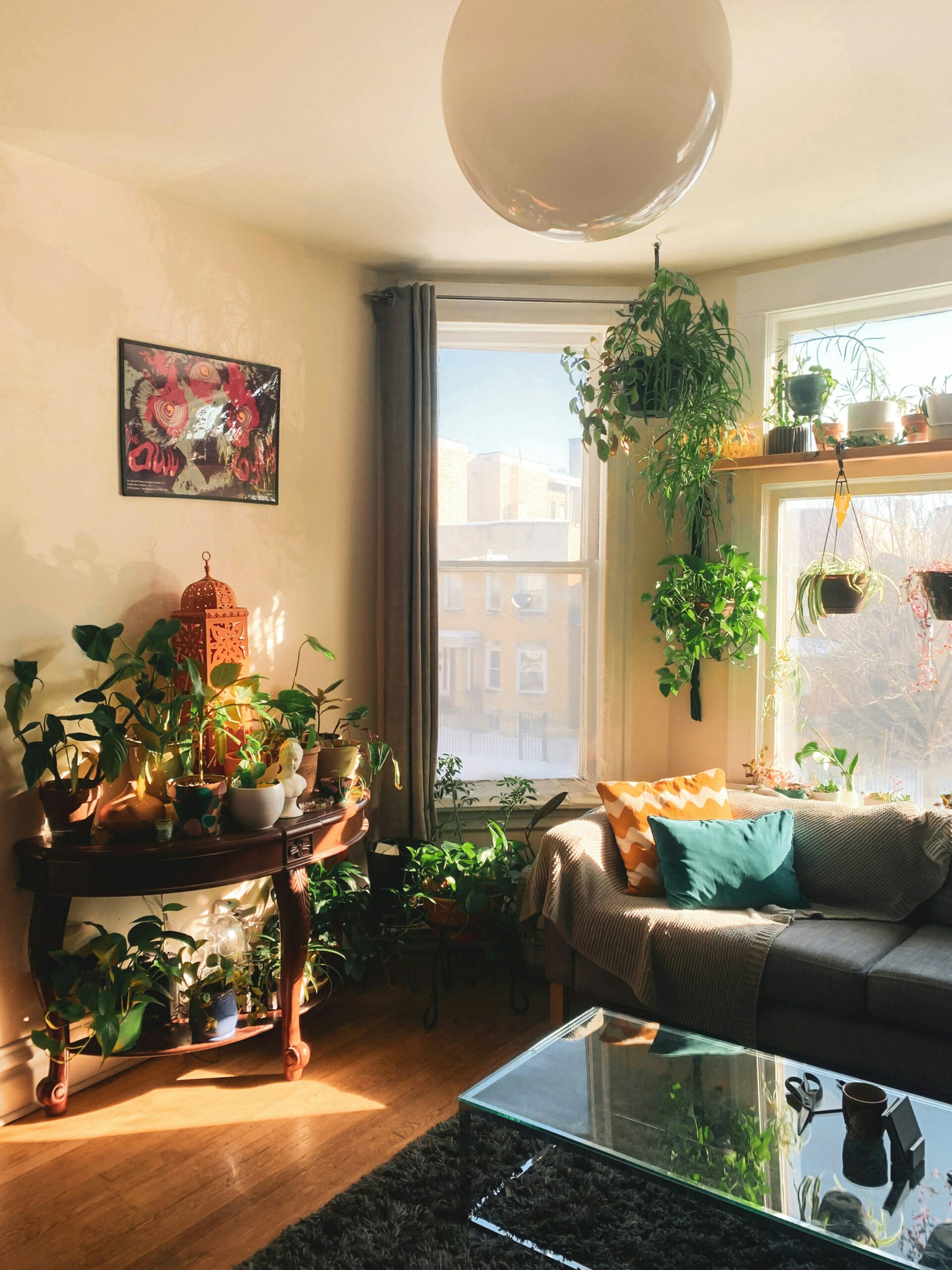
So, how will you allow Nature into your environment?
We’d love to see your adjustments at home, whether that’s through art, plants, colours, textures or even rearranging your furniture to view more Nature through your window…
Tag us with your ideas on Instagram @rewildyourself #rewildyourself
